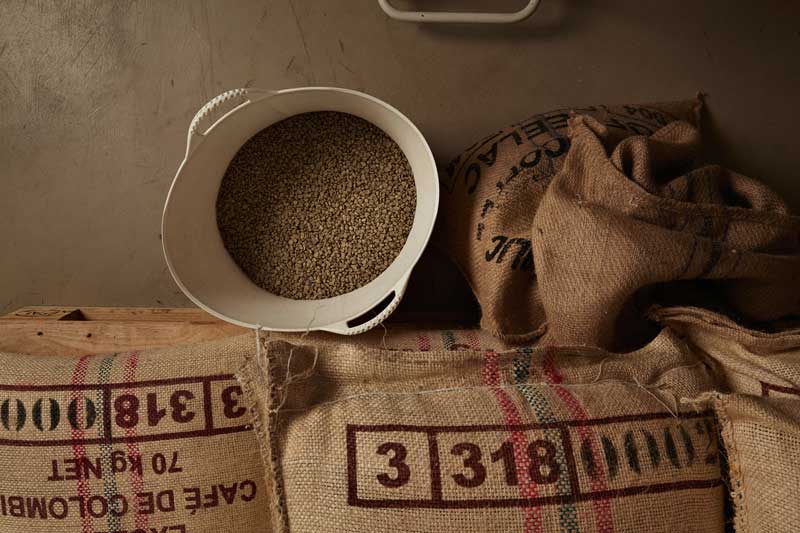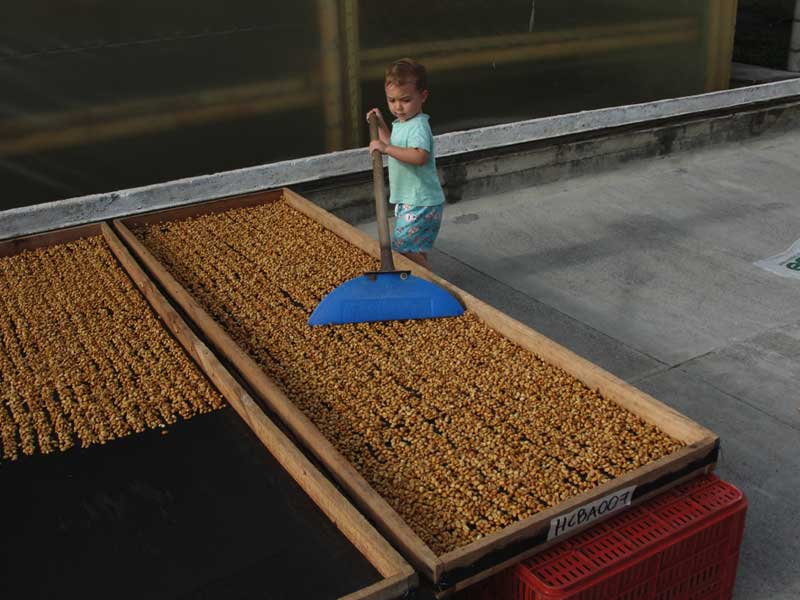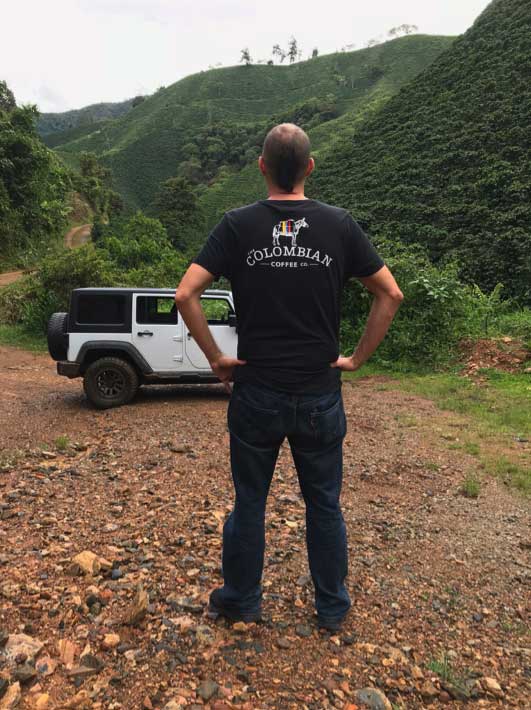COFFEE HISTORY IN A NUTSHELL
Millions of people drink coffee every day, however, not many people know the fascinating history and origin of this beloved drink. In this blog post, we’ll take a journey through time to discover the roots of coffee and how it became the global phenomenon we know today.
The origin of coffee can be traced back to Ethiopia, where it was first discovered in the 9th century. According to legend, a goat herder named Kaldi noticed that his goats became very energetic after eating the berries of a certain plant. He tried the berries himself and found that they had a stimulating effect. He shared the discovery with the local monks, who began using the berries to help them stay awake during long hours of prayer and meditation.
From Ethiopia, coffee spread to the Arabian Peninsula and became a popular drink among traders and merchants. It was also during this time that the first coffeehouses were established, serving as social gathering places for intellectuals and businessmen. Coffee soon became an important commodity, and by the 16th century, it had spread to Europe and the rest of the world.
In the early days, coffee was primarily consumed in the Middle East and North Africa, where it was often brewed in a traditional method known as “Turkish coffee”. This involved grinding the beans into a fine powder and boiling them in a pot with water and sugar. The drink was then served in small cups, often accompanied by sweet treats.
In Europe, coffee quickly gained popularity, with coffeehouses becoming important meeting places for artists, philosophers, and political activists. Coffee also played a significant role in the Age of Enlightenment, with many intellectuals using it to help them stay alert and focused while they worked on their ideas.
As the demand for coffee grew, so did the need for a reliable supply. This led to the establishment of coffee plantations in countries such as Brazil, Colombia, and Ethiopia, which remain some of the world’s leading coffee producers to this day.
In conclusion, coffee has come a long way since its humble origins in Ethiopia. It has evolved from a simple energy-boosting beverage to a global cultural phenomenon that brings people together from all walks of life. Understanding the history and origins of coffee can help us appreciate the drink even more and recognize its important role in shaping our world today.
As a Colombian coffee company, we are proud to be a part of this rich history and continue to provide our customers with the highest quality coffee products. From the farms to your cup, we strive to bring you the best of Colombian coffee culture.






